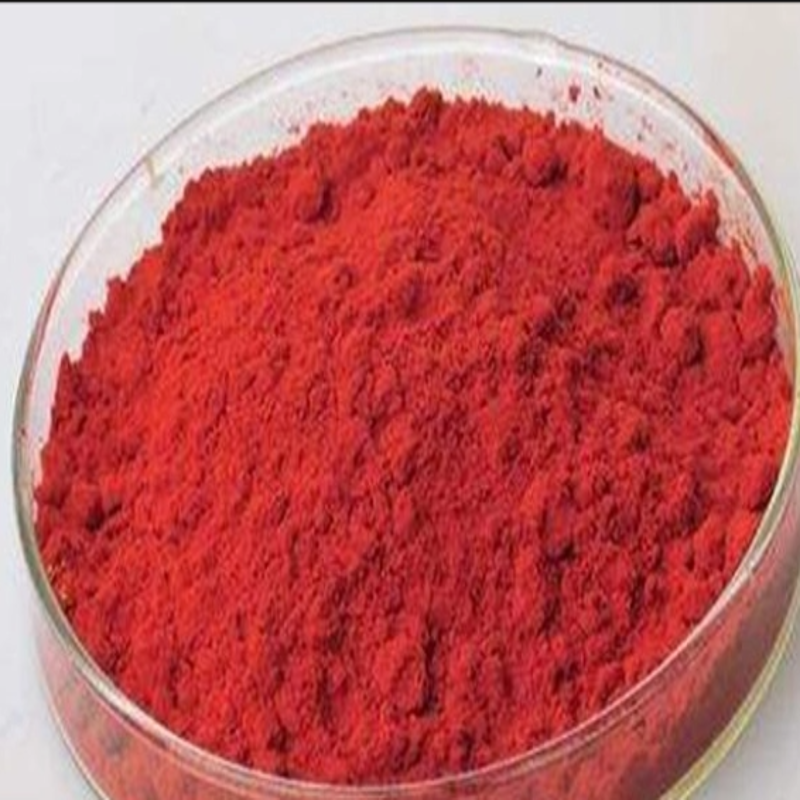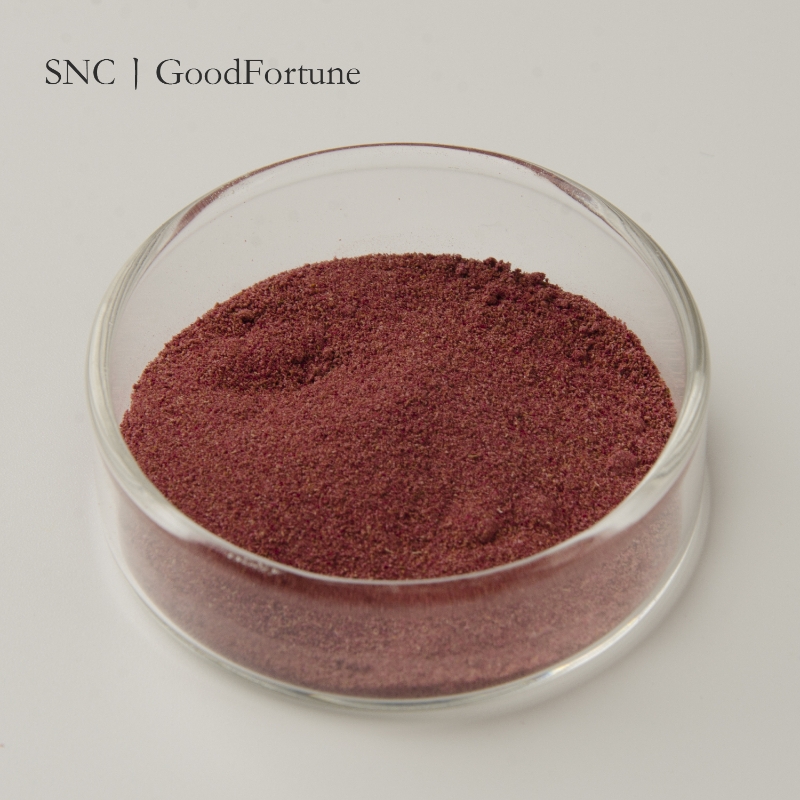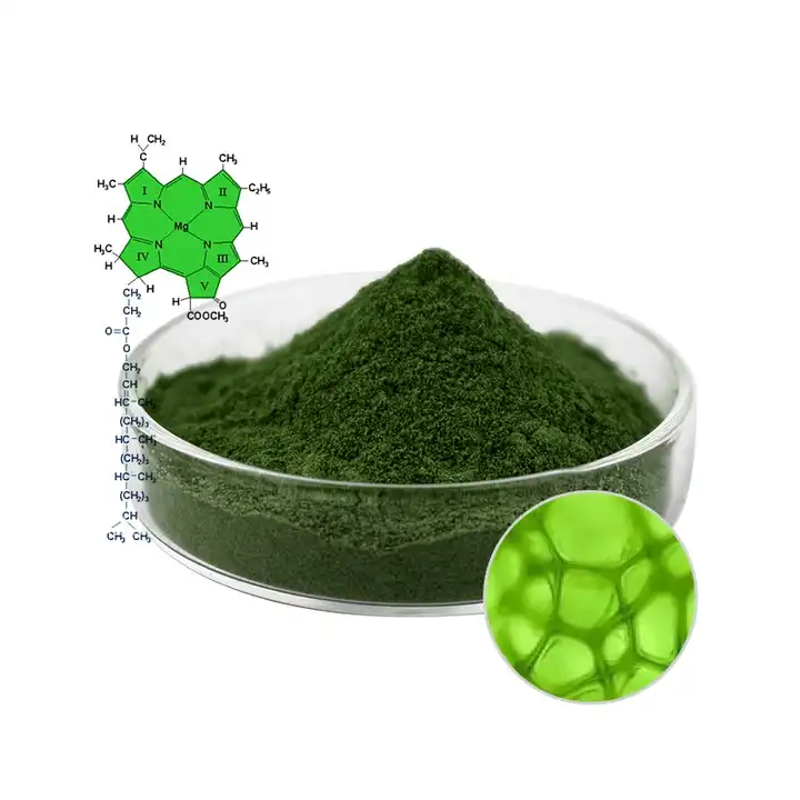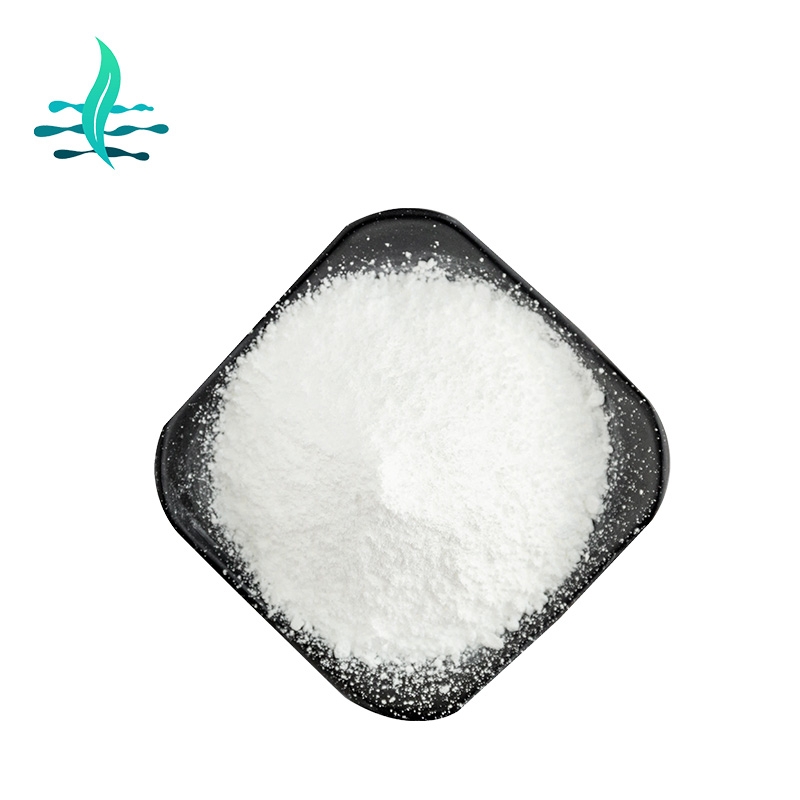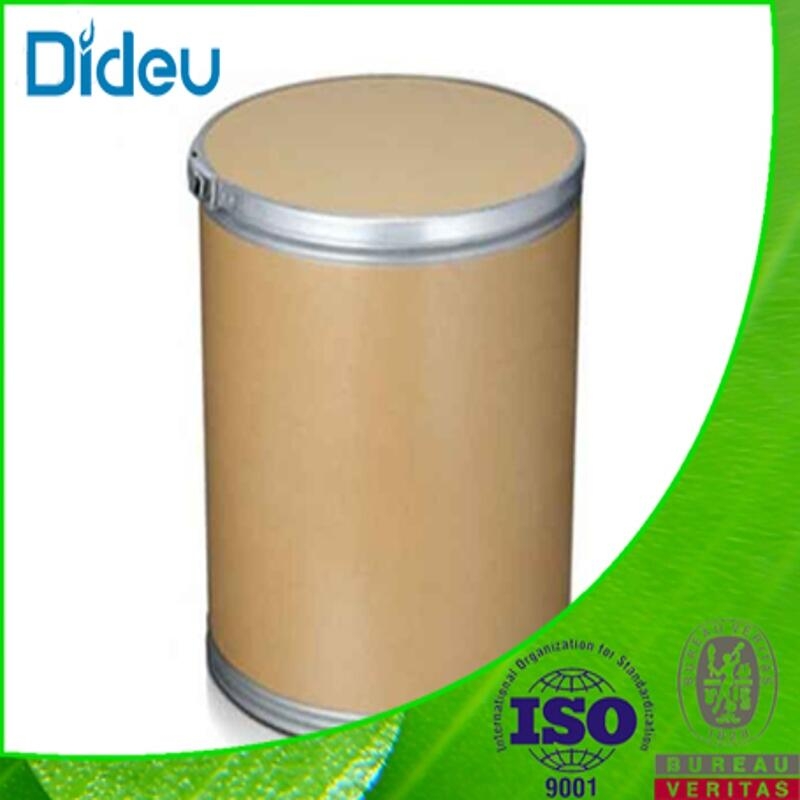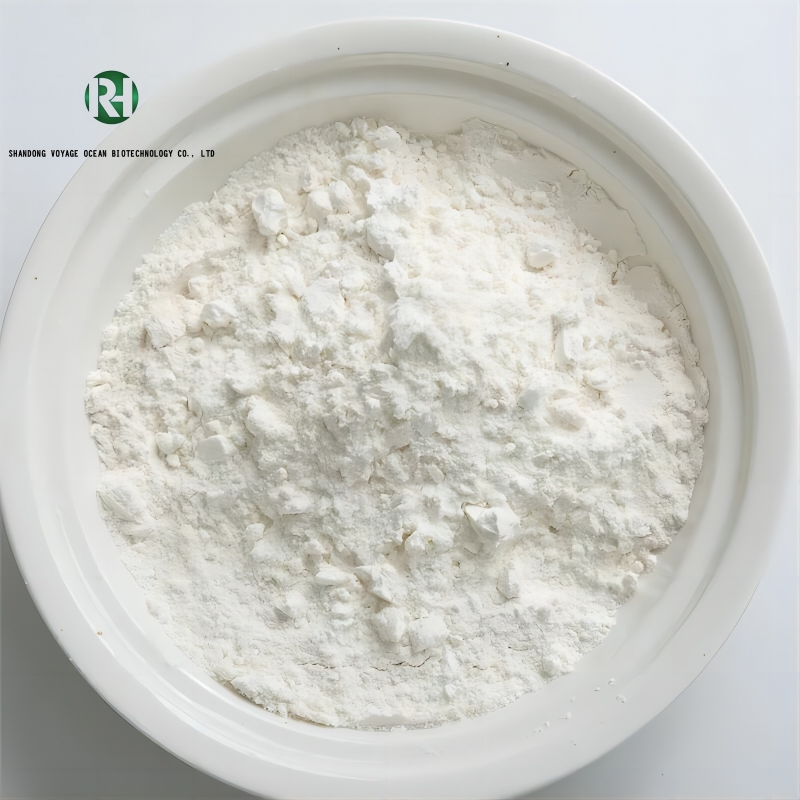Food Additives
- • Coating Agent (19)
- • Preservative (33)
- • Coloring Agent (38)
- • Gum Base Agent (25)
- • Anticaking Agent (7)
- • Food Antioxidants (41)
- • Enzyme (48)
- • Flour Treatment Agent (4)
- • Leavening Agent (1)
- • Bleach (3)
- • Other Food Additives (83)
- • Emulsifier (24)
- • Food Flavorings (27)
- • Water Retention Agent (1)
- • Acidity Regulators (5)
- • Sweeteners (35)
- • Stabilizer and Coagulants (4)
- • Defoamers (5)
- • Nutrition Supplements (151)
- • Thickener (29)
- • Odorants (29)
- • Colorant (16)
Related News
-
Hi & Fi Asia-China concluded successfully, and ECHEMI gained a lot from participating in the exhibition!
2024-06-21 -
An organic acid with a natural sour taste and antiseptic properties - lactic acid
2024-06-04 -
Citric acid, a widely used food additive
2024-06-04 -
Chinese National Health Commission Unveiling Innovative Food Additions: Paraguayan Holly Leaves, Yeast Protein, and Catechins Hit the Shelves
2023-12-15 -
Health Canada Grants Approval for Allura Red as a Food Additive in Fruit-Flavored Beer
2023-12-13 -
Daiya Foods Embraces Dairy-like Culturing Methods As It Unleashes Reformulated Plant-based Cheese
2023-12-12
Coloring Agent
Lycopene
(502-65-8)-
Food Grade / 5%
$80-85/KG FOB
-
food grade / 38%
-
Food Grade / 99%
-
Cosmetic/Food/Pharmaceutical Grade / 0.00%
Request for quotation , get quotes from more suppliers.
lycopene
(34815-98-0)-
Food Grade / -
-
$1-1.3/KG FOB
-
![(6S,6'S)-5,5',18,18'-Tetradehydro-5,5',6,6'-tetrahydro-β,β-carotene buy (6S,6'S)-5,5',18,18'-Tetradehydro-5,5',6,6'-tetrahydro-β,β-carotene]()
IndustrialGrade / 99.00%
-
![(6S,6'S)-5,5',18,18'-Tetradehydro-5,5',6,6'-tetrahydro-β,β-carotene buy (6S,6'S)-5,5',18,18'-Tetradehydro-5,5',6,6'-tetrahydro-β,β-carotene]()
Request for quotation , get quotes from more suppliers.
Lutein A
(127-40-2)-
pharmaceutical grade/food grade / 99%
-
Food Grade / 99%
$0.1-0.11/KG FOB
-
Food Grade / 10%
-
Food Grade / 99%
$100/KG EXW
Chlorophylls
(1406-65-1)-
Food Grade / 99%
-
Industrial Grade / 99%
-
Reagent Grade / 99%
$20-22/KG FOB
-
Medcine / 0.00%
Request for quotation , get quotes from more suppliers.
Source Coloring Agent Products Supply
Crocin
(42553-65-1)-
pharmaceutical grade/food grade / 99%
-
Food grade / 99%
-
Food Grade / 98%
-
Food Grade / 88%
Request for quotation , get quotes from more suppliers.
Canthaxanthin
(514-78-3)-
Food grade / 99%
-
Food Grade / 10%
-
Food Grade / 10%
-
Food Grade / 98%
Request for quotation , get quotes from more suppliers.
C.I. Acid Yellow 3
(8004-92-0)-
![Quinoline Yellow Lake 22%-28% buy Quinoline Yellow Lake 22%-28%]()
Food Grade / 28%
-
-
- / 99.00%
-
Industrial Grade / 99%
Request for quotation , get quotes from more suppliers.
Potassium nitrite
(7758-09-0)-
Food Grade / 99%
$0.1-0.11/KG FOB
-
Industrial Grade / 99%
$5/KG FOB
-
$1/KG FOB
-
- / 99.5%
Request for quotation , get quotes from more suppliers.







